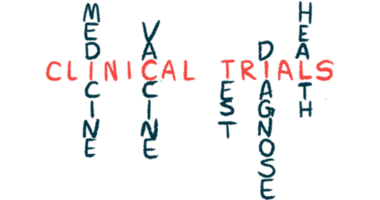Living With Hemophilia
Nutrition
It is important to keep your joints strong and healthy, as well as to keep extra weight off to avoid muscle strains and bleeding in vulnerable joints, when living with hemophilia. It is generally advised to stick to a diet rich in whole grains, fruits and vegetables, and low in fats, added sugars, and salt. Doctors may recommend other dietary considerations based on a patient’s lifestyle, as well as vitamins and supplements to support their dietary needs.
Physical Activity and Exercise
Physical activity is encouraged for hemophilia patients to promote fitness and neuromuscular health, with special attention paid to muscle strengthening, coordination, general fitness, body weight, and self-esteem. Non-contact sports, like swimming, are recommended, while high-contact and collision sports, like rugby or football, should be avoided. Patients are advised to consult with a muscle and bone specialist before engaging in physical activities to discuss specific needs.
Pregnancy
Women who are hemophilia carriers may have mild bleeding symptoms due to reduced clotting factor levels in their blood. Planning for childbirth depends on the needs of the mother and the child affected by hemophilia. Levels of clotting factors should be measured in the last trimester of pregnancy, since it is difficult to measure during labor. If levels are low, treatment may be given during labor to reduce the risk of excess bleeding during and after childbirth. Clotting factor levels may also determine whether a woman can receive local anesthesia.






